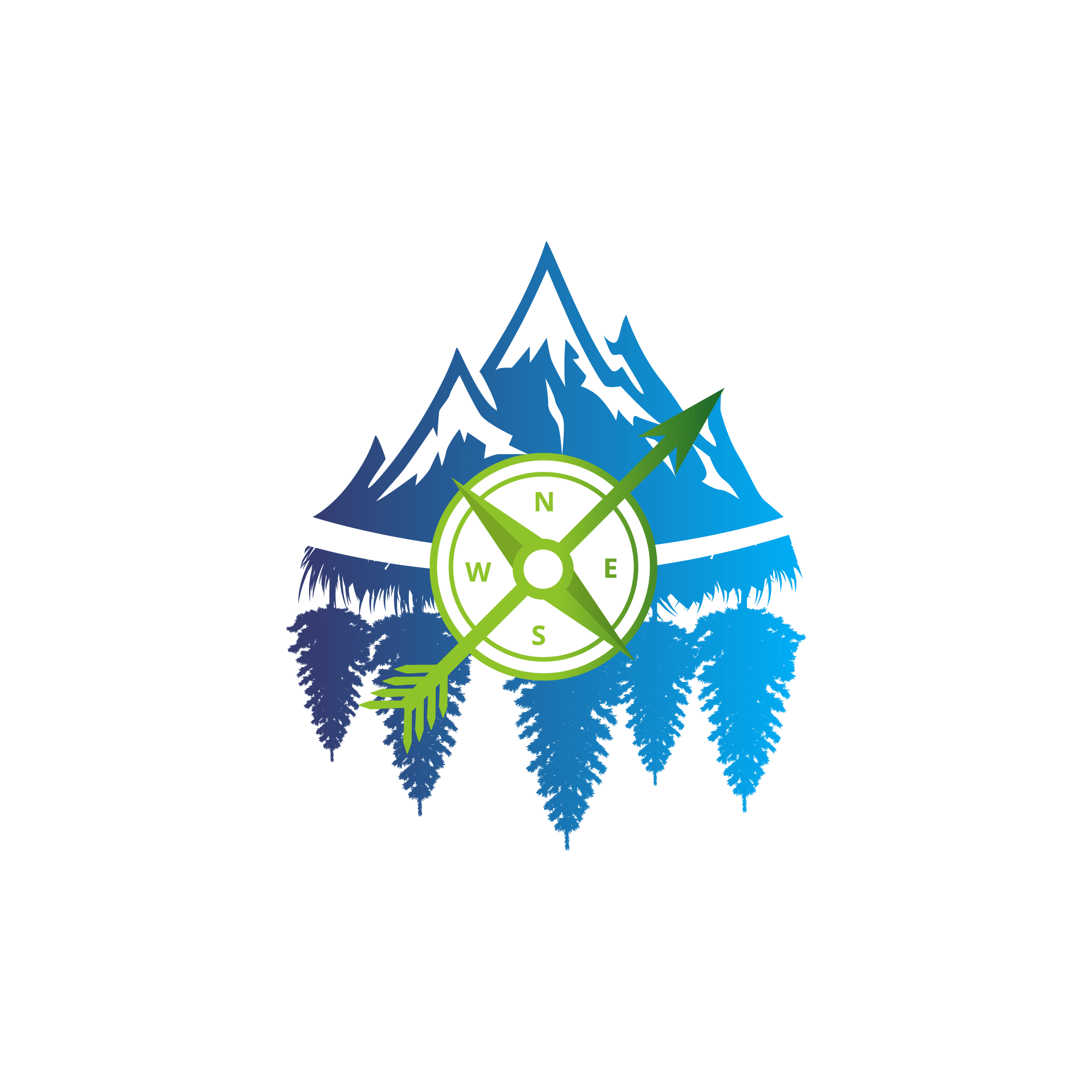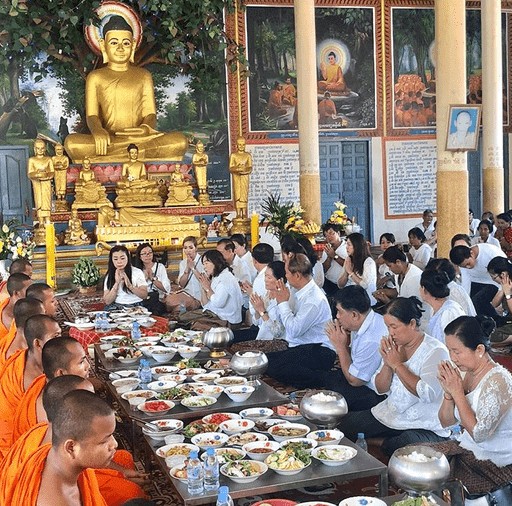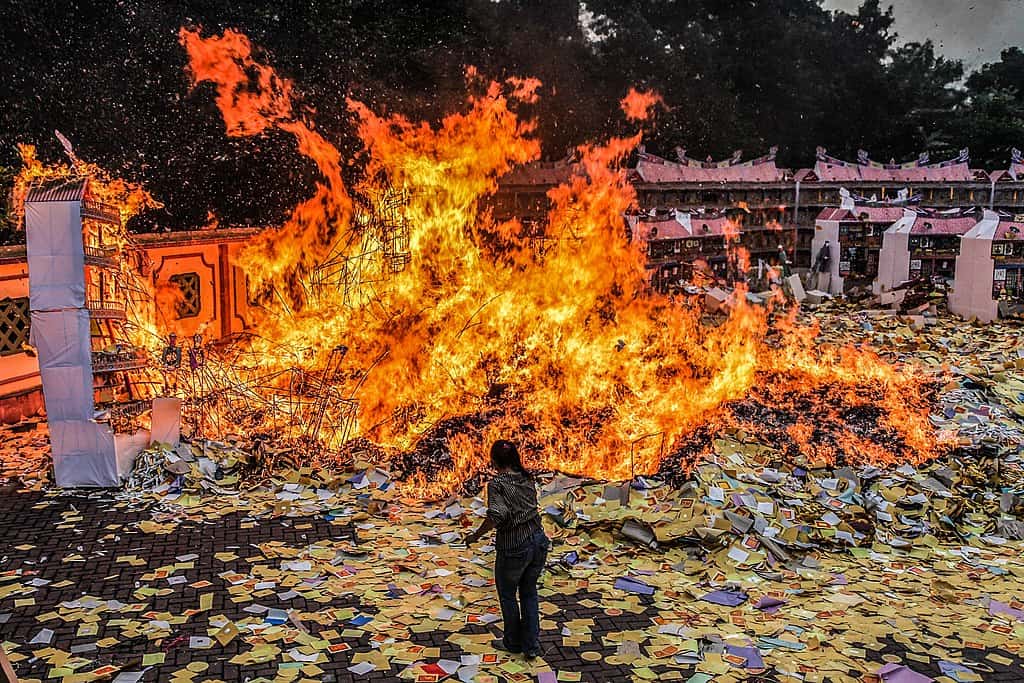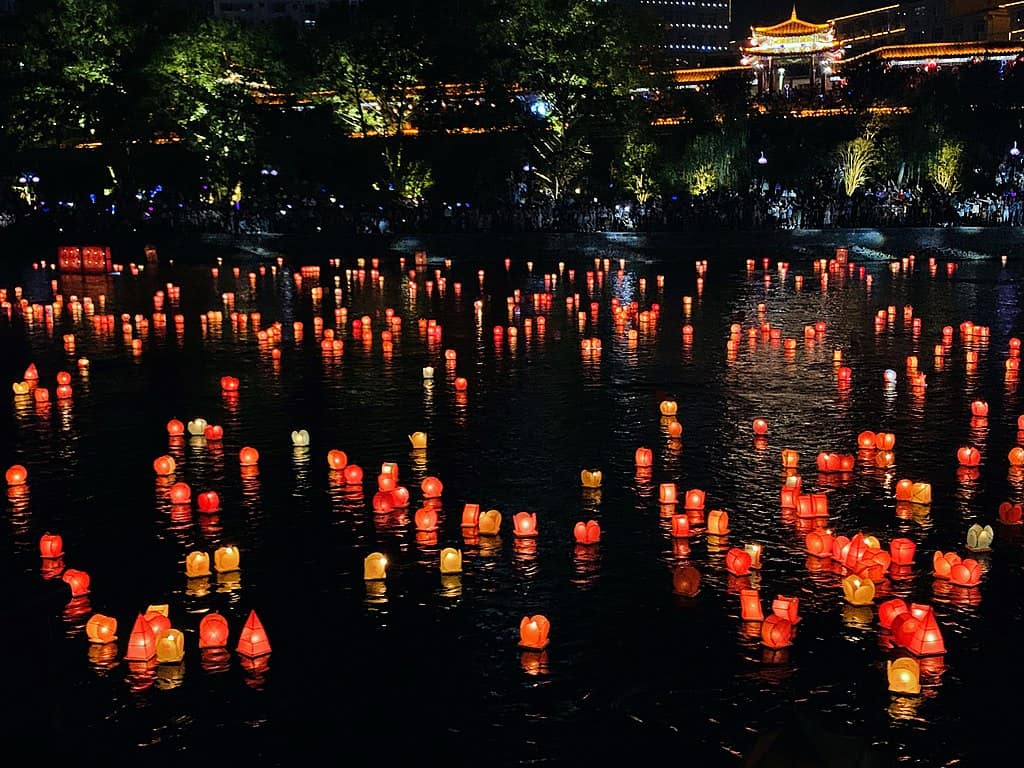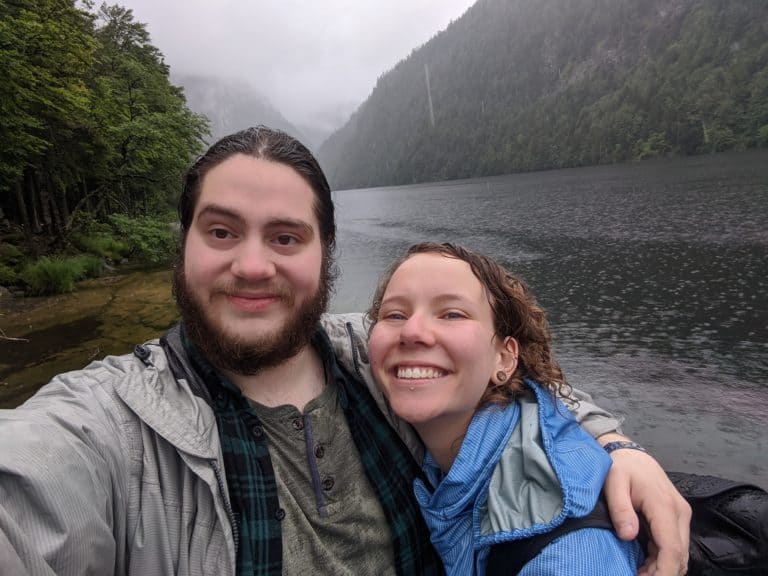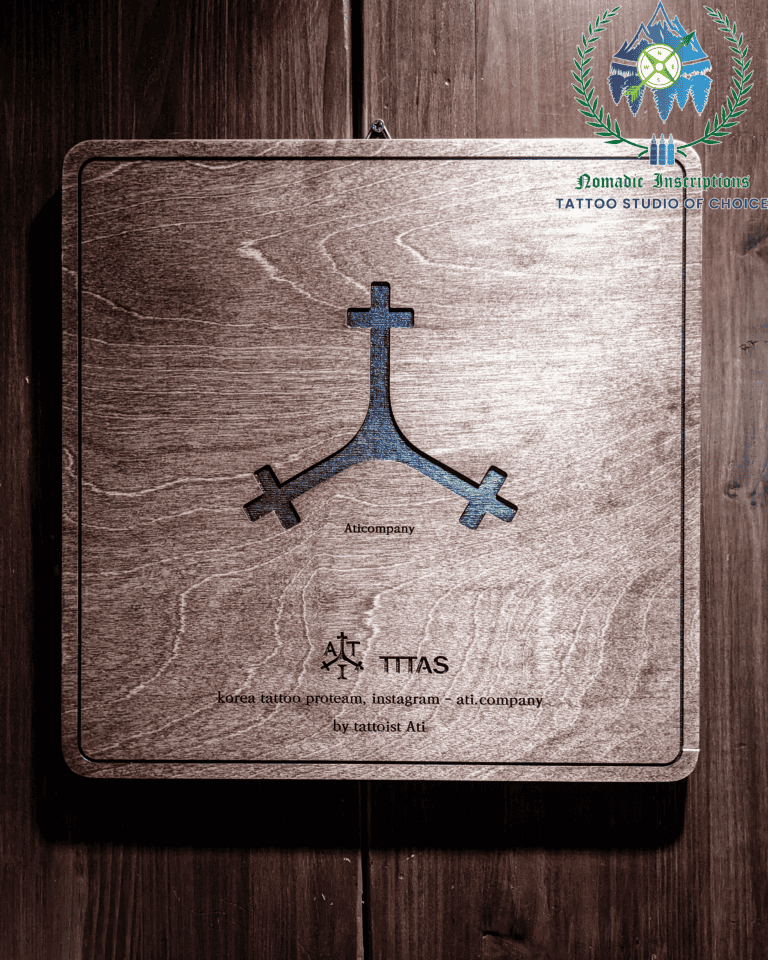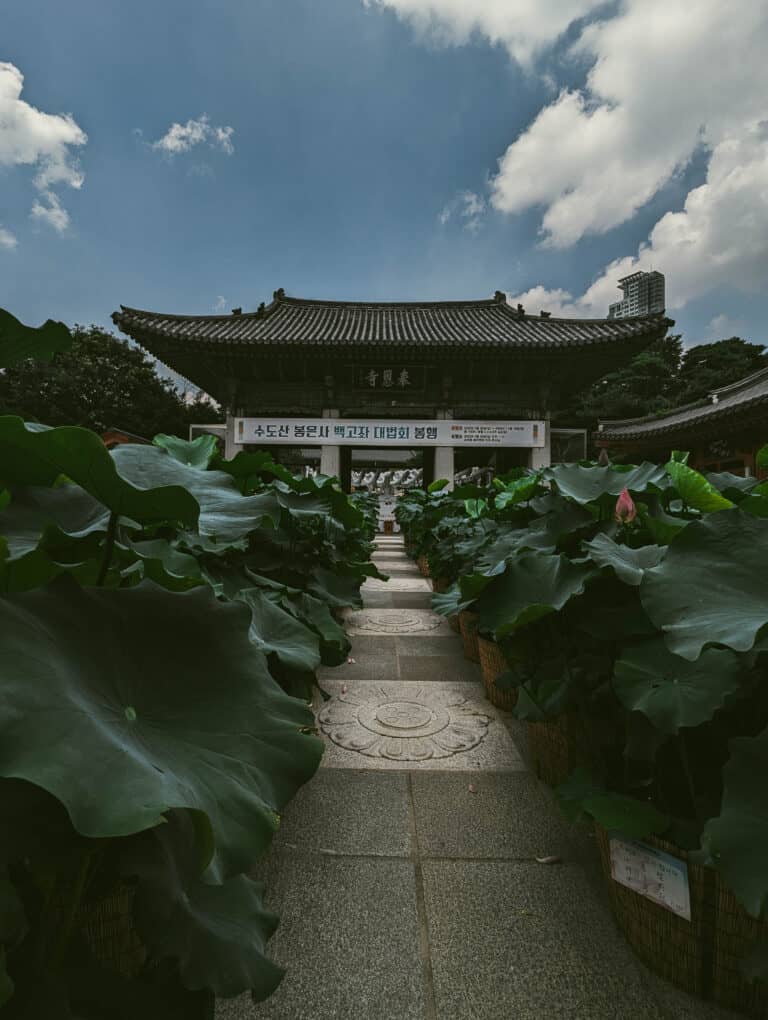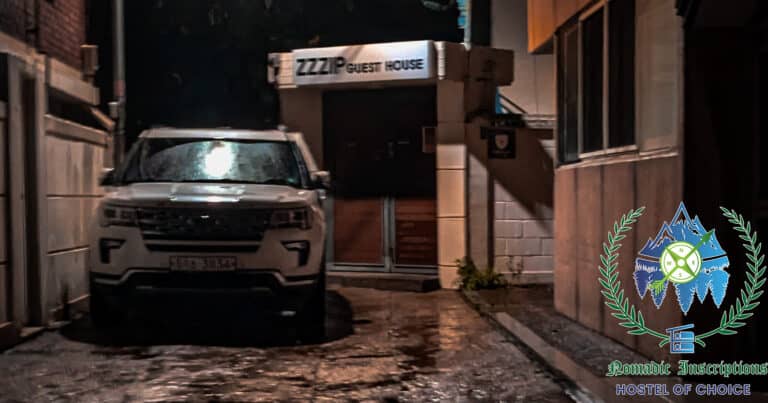Contents of Post
Halloween is once again upon us. That day (or month for some people) where people dress up in costume to prance around town and get candy from strangers. Most people don’t think of Halloween as a celebration of the dead as over time the way it has been celebrated has changed.
The Origins of Halloween
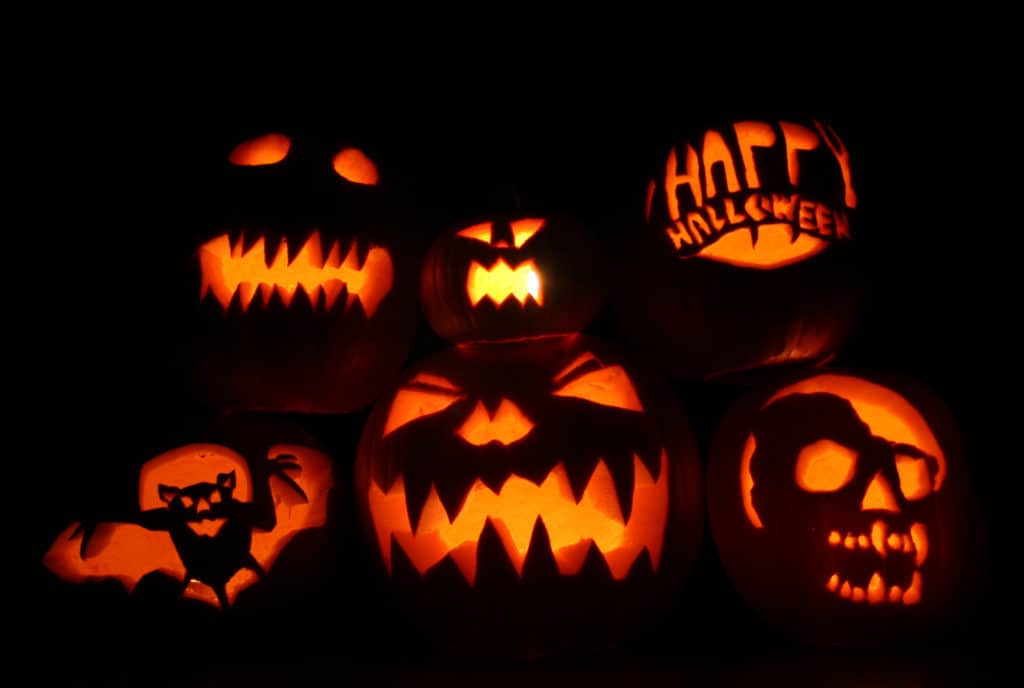
Halloween, or All Hallow’s Eve to the Catholics, was originally an Irish Celtic and Druidic celebration of their New Year. This celebration of the dead started on the evening of October 31st. The night they believed the veil between the world of the living and the world of the dead was the thinnest, blurring before the new year on November 1st.
On this night the spirits of those who died throughout the year would rise and roam the Earth. Samhain, Lord of Darkness and the Dead, would arrive in search of these spirits to take them to the Underworld. This would announce his arrival to reign supreme over the long winter months as the rule of the Sun God diminished.
To commemorate the event the Celts would extinguish their hearths and create sacred bonfires. People would gather from all around to make burnt offerings of crops and animals to their deities.
During the celebration, people would dress up in costumes of animal heads and skins. Some assume this was to commemorate and appease the spirits, while others believe it was so they would blend in with the roaming spirits and ward off evil ones.
After the festivities, the celts would relight their hearths using the flame from the sacred bonfires to help protect though during the coming winter.
These days we still dress up on this evening although for much less auspicious reasons of pranks, sweets, and having a good time. Many still believe this is the night where the veil between the living and the dead is at its thinnest.
Halloween is celebrated all over the world to this day, but is more for fun than a celebration of the dead.
Dia De Los Muertos: The Day of the Dead
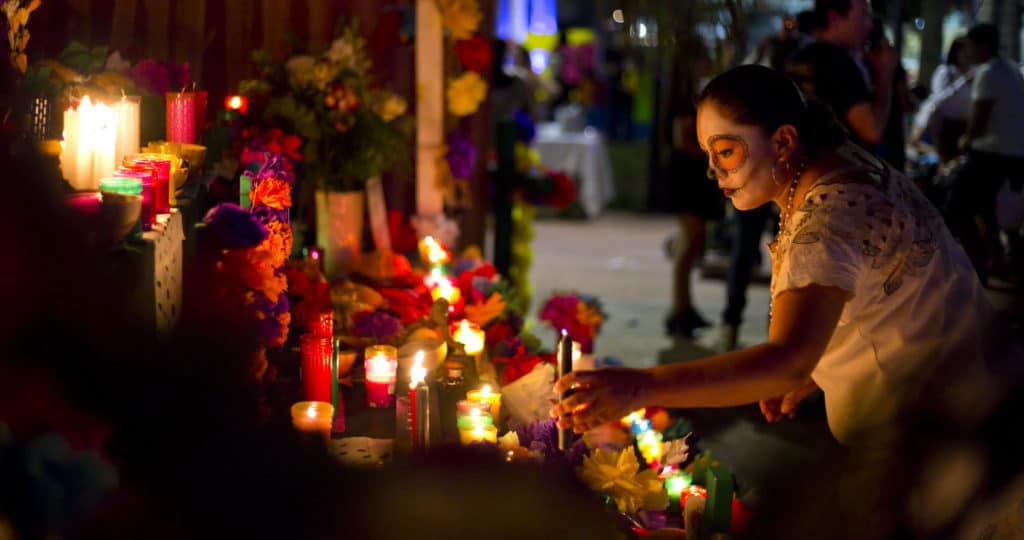
Nothing speaking of various celebrations of the dead would be complete without mentioning Dias De Los Muertos. Dia De Los Muertos is one of the most internationally known and appreciated official celebrations of the dead. Celebrated in Mexico and throughout Latin America, The day of the dead originated from a mixture of the Aztecs with their methods of honouring their dead and Catholicism.
The Aztecs would use skulls to honour their dead centuries before the modern-day celebrations. When Catholicism came to Latin America these traditions evolved. Now being celebrated on All Saints and All Souls days, minor Catholic Holidays
Believing that the dead would be insulted by mourning and weeping, the Day of the Dead is instead celebrated with lavish parties, food, and activities that the dead loved to celebrate their lives. This celebration of the dead is believed to be shared with the dead whom awaken from their eternal slumber to share in the festivities with their loved ones for these few days.
The most recognizable of symbols from Dia De Los Muertos is that of the Calaveras and Calacas (skulls and skeletons). These appear in the candied skulls, face paints, masks, and dolls thoroughly enjoying life. Disney’s Coco is a very modern American representation of this celebration.
Two of the best places to go to participate in Dia De Los Muertos would be the small Island of Janitzio and Mexico City.
Janitzio has thousands of people visit every year to visit the local cemetery and participate in the celebrations and rituals that run late into the night. One of the most astonishing sights is when the fishermen row out onto Lake Patzcuaro with torches to illuminate the lake with light. Almost as if to lead the dead back to rest.
In Mexico City, Dia De Los Muertos is an extravagent adventure. Celebrating the dead through parties, events, parades, and stunning decorations. Here the party can last up to an entire week as the city celebrates the lives of their loved ones.
These celebrations typically occur on November 1st and 2nd
Totensonntag
Totensonntag, Sunday of the Dead, is celebrated in protestant parts of Germany, Austria, and the Netherlands. It always lands on the last Sunday before Advent. Unlike many on this list it is a day of silent remembrance. A much more silent affair, Totensonntag is also known as “Silent Day” wherein many places singing, dancing, and playing music in public are forbidden.
Many who celebrate this holiday will visit the cemetery, light candles, eat roasted chestnuts while drinking spiced wine, and build advent wreaths all while sporting purple and blue in remembrance of their loved ones.
Totensonntag originated back in the German Kingdom of Prussia. When the King of Prussia wanted a Lutheran holiday for honouring the dead. King Frederick William III wanted a day both to commemorate the soldiers lost in the War of Liberation in 1813 and his late wife who died in 1810. So in 1816, he declared it a national holiday.
Totensonntag is observed in Germanic and protestant communities all over the world.
Pchum Ben
Pchum Ben is a 15-day religious festival unique to Cambodia that has two different levels. The first 14 days are called Dak Ben and are focused on the remembrance of their ancestors of up to 7 generations. It is believed that their ancestors will wait at a Pagoda for food cooked by their descendants. Therefore the families will bring freshly cooked food for their ancestors and the monks before 11 am as the monks don’t eat after 12. Within this time the families will visit where their ancestors died and at least three pagodas to honour their ancestors.
The 15th day is the culmination of the event and the most important day. People will travel to their home towns from all over the country to spend time with their family and celebrate.
Pchum Ben starts at the beginning of the 10th month according to the Khmer calendar. It culminates at the end of the Buddhist lent, Vassa.
Chuseok
Chuseok is a combination of two different celebrations. It is both a celebration of the dead as well as a harvest festival celebrated in both North and South Korea. This 3-day event starts on the 15th day of the 8th month of the lunar calendar on the full moon.
As the biggest holiday in Korea, it is paired with the largest traffic jams in the country. As people are migrating back home to spend time with their families. In celebration of a good harvest, the people of Korea share a feast of traditional food. This includes Seongpyon, delicious little rice cakes.
This celebration is to give thanks to their ancestors for the good harvest. Therefore during the celebration, an in-home memorial service called “Jessa” is done with family. This is to honour their ancestors before visiting the graves to tidy them up and pick the weeds around them.
Thursday of the Dead
Thursday of the dead is an interesting celebration of the dead that is also known as Thursday of the Secrets. Although celebrated all over the world, the biggest focus of celebration happens in the Middle East.
Falling between Easter Sunday of the Catholic and Eastern Orthodox religions it is a feast day. In which the souls of the dead are honoured. The feast day is shared by both Christians and Muslims in the Levant. It was introduced as a way to create a bridge between Muslims and Christians by Saladin in the 12th Century.
Zhongyuan: The Festival of the Hungry Ghost
The Festival of the Hungry Ghost is a fascinating celebration of the dead. One that if you are unaware of it and see it in process can be a terrifying experience. This Chinese event takes place over the 7th lunar month. In which restless spirits are said to raise from the lower realm to roam the streets. It is believed this is when the spirit realm and material realm are the closest. These spirits come to spread mischief. That is unless they are appeased with various offerings of food and paper replicas of valuable items. This includes something called “Hell Money”, paper in the form of banknotes.
The first day of the Festival of the Hungry Ghosts is fired off by people burning hell money and other paper replicas right in the street. They do so in front of their houses and businesses to properly appease the spirits. This is also when the street, market, and temple ceremonies begin. People gather for these ceremonies and burn these effigies. It is believed to be highly important to appease these ghosts. During this time red is also usually avoided, especially with clothes.
The celebrations culminate on the 15th and final day. This day is known as the day the gates of hell are once again closing. This day is marked with a special festival. Taoist Monks chant to drive away the ghosts as they scream and wail from these much-hated sounds. During this time people burn money and clothes for the ghosts to use in their hell society. The evening is wrapped up with families sending paper lanterns down the river with their ancestor’s names written upon them.
Celebrations of the Dead
Almost every country in the world has some sort of celebration of the dead even if they don’t know it. These celebrations range from sombre memorials to joyous festivals and parties. Keep this in mind when participating in Halloween this year. Think about what you want to do for your celebration of the dead.
What celebration of the dead is done in your country? What ones would you love to experience yourself? Let us know in the comments below!
Until next time travel authentically, travel nomadically, and let the world leave its inscriptions on you as you do on it.
